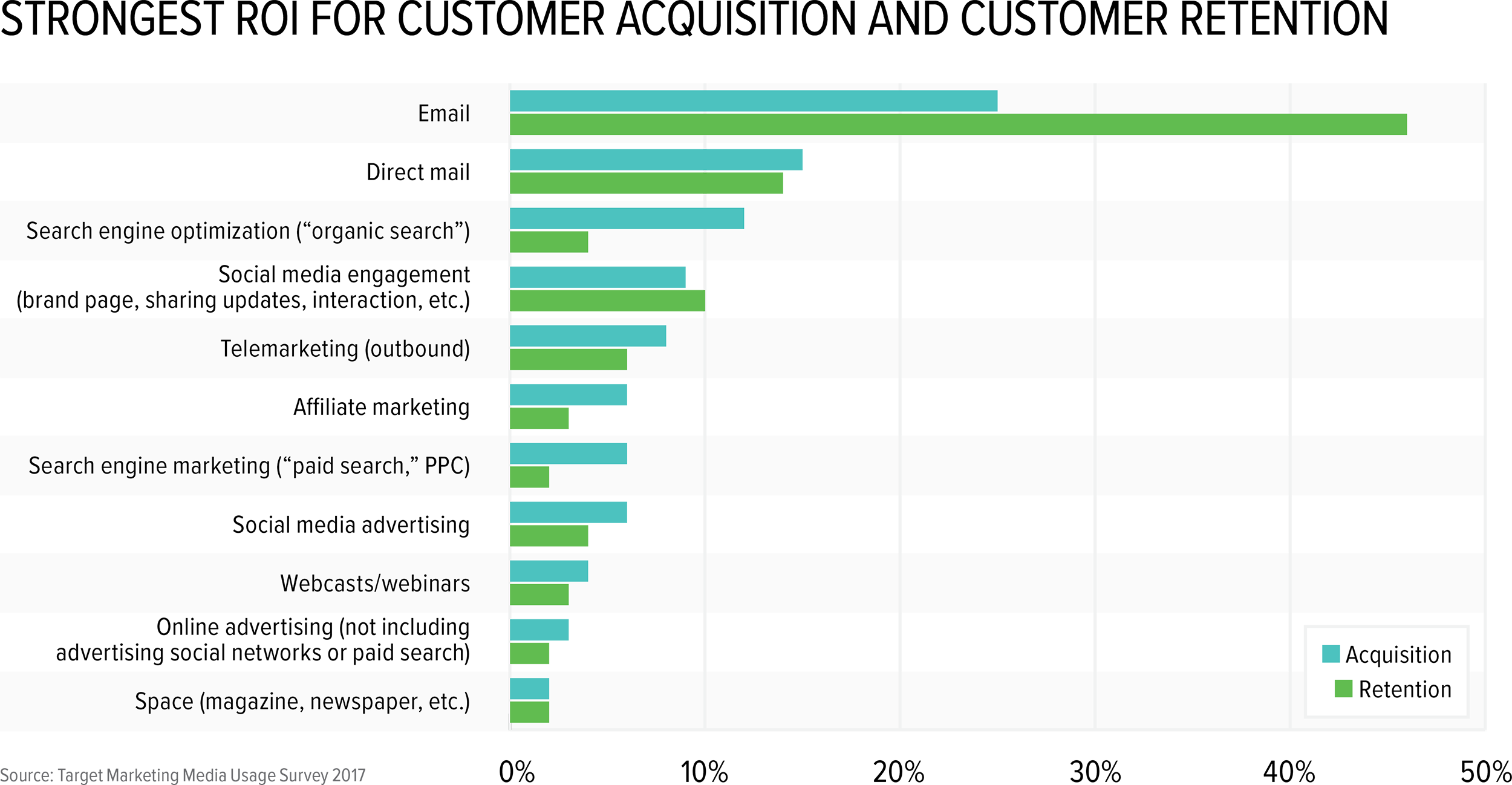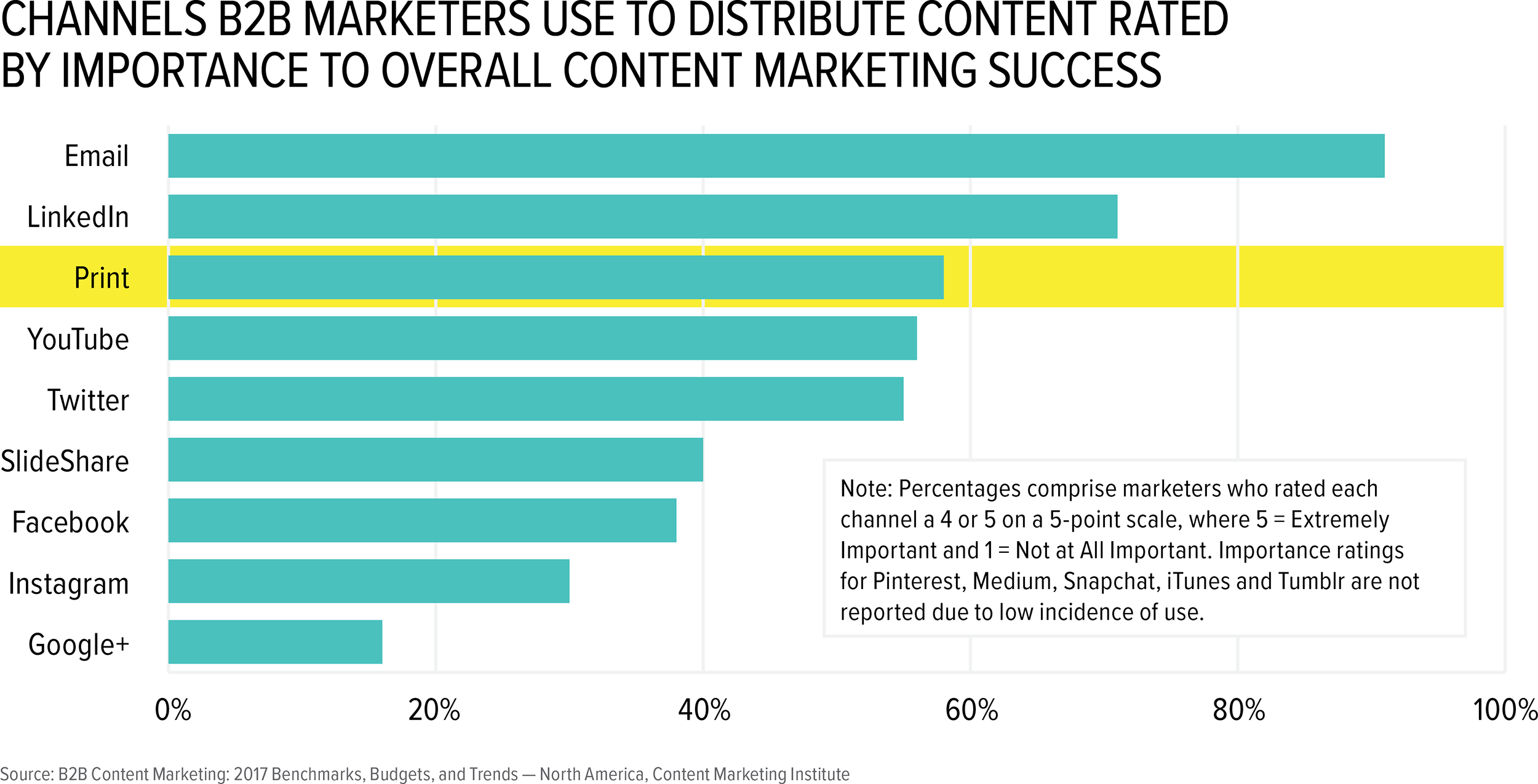Print in an Omnichannel World
Compared to the old days, marketers today have a virtual smorgasbord of options when it comes to reaching their audience. Digital now plays a prominent role in the arsenal of ways they can connect with their audiences, and the data shows they certainly leverage it to its fullest potential. Connecting with one’s audience digitally certainly has its benefits and ought to be part of any serious marketer’s marketing mix. In the rush to digital, however, many marketers have inadvertently tunnel-visioned on digital channels to the exclusion of all else. This strategy is short-sighted and fails to account for customer behaviors.
Research shows it takes seven to 10 exposures to a message for a target to “see” it. Consumers want to connect with brands across channels and platforms. Those marketers who think in true omnichannel fashion and leverage traditional channels, such as print, to work alongside digital channels see multi-fold returns on their investment.
Print Kickstarts A Research Process
Joe Pulizzi, founder of the Content Marketing Institute has written and lectured extensively about the value of original content to brands. His focus has traditionally been on digital content, but in “7 Reasons to Consider Print for Your ‘Non-Traditional’ Content Strategy,” he strongly urges brands to leverage print alongside digital efforts to reach consumers.
In counseling marketers to rethink print’s role in their omnichannel marketing efforts, he clarifies the stake print has in the consumer buying journey: “The Web is where we go to get answers, but print is where we go to ask questions.”
Pulizzi suggests that print is a catalyst that drives an online research and buying process. The data backs this up: 44 percent of customers visit a brand’s website after receiving direct mail marketing (10 percent more than people who visit sites after receiving an email).
According to the CMO Council, 79 percent of customers, or almost four out of every five customers, will act on direct mail immediately. To put that in perspective, under half, or 45 percent, of all consumers act on email immediately. Furthermore, close to half of all consumers hold onto direct mail marketing materials for future reference.3
Roi Of Print
By now you may be thinking, “OK, I can see where and how print fits into a well-rounded marketing strategy. But what ROI do marketers actually see from it?”
Data from Target Marketing’s Media Usage Survey shows marketer’s say direct mail returns the second highest ROI of all channels utilized.
Content Marketing Institute’s research shows that print is something of a hidden gem for marketers; those who use it consider it a critical part of their marketing strategy. One-third use print to distribute their content, and those who do consider it the most important channel after email and LinkedIn (for B2B) and Facebook (for B2C).
The Data and Marketing Association’s (DMA) research supports the idea that print is a marketers’ bestkept secret, hidden in plain sight: Direct mail’s household response rate is at 3.7 percent, compared to 0.2 percent for mobile, 0.1 percent for email, 0.1 percent for social media, and 0.02 percent for Internet display.
Multiply Roi With Targeted Outreach
To multiply their return on print investment, marketers are taking advantage of a general industry shift toward cross-channel personalization. Conditioned to expect a personal experience by Amazon, Google and Facebook, by now, 86 percent of consumers say personalization plays a role in their purchasing decisions. Marketers are fully bought-in: 88 percent say using data to personalize the customer experience has a high impact on both ROI and engagement.
When applied to print, personalization acts as a multi-fold response multiplier. A recent study by research firm InfoTrends found that respondents who received personalized print materials exclusively experienced a response rate of around 6 percent and a conversion rate of over 16 percent. Compare this to the average 2 percent response rate more generic materials generate, and the power of personalization becomes abundantly clear. Nicky Milner, vice president of program management for printer Transcontinental says the company sees returns for a personalized print campaign range from two times to 15 times the rate of return for a static job.
Marketers: Leverage Print Alongside Digital Efforts For Maximum Return
The growth of digital as a marketing medium has benefited marketers in enabling them to reach their audience in new and dynamic ways. The rush to digital however, has caused marketers to tunnel-vision on the medium often to the exclusion of others, such as print. In reality, print can work alongside and enhance digital efforts, serving to stimulate a research and buying process.
Marketers who use print as part of an omni-channel marketing effort rate its ROI as among the highest of all channels. Those who personalize print outreach achieve response rates several times higher than that of both traditional print and digital channels. Marketers who do not yet use print alongside digital channels would be well-served in integrating it into their omnichannel efforts.
Author Tessa Wegert said it best in “Long Live Print…in an Omnichannel Marketing Plan”: “The question isn’t whether or not print is dead, but why it’s taken so long for businesses to view print and digital as wholly compatible.” 























